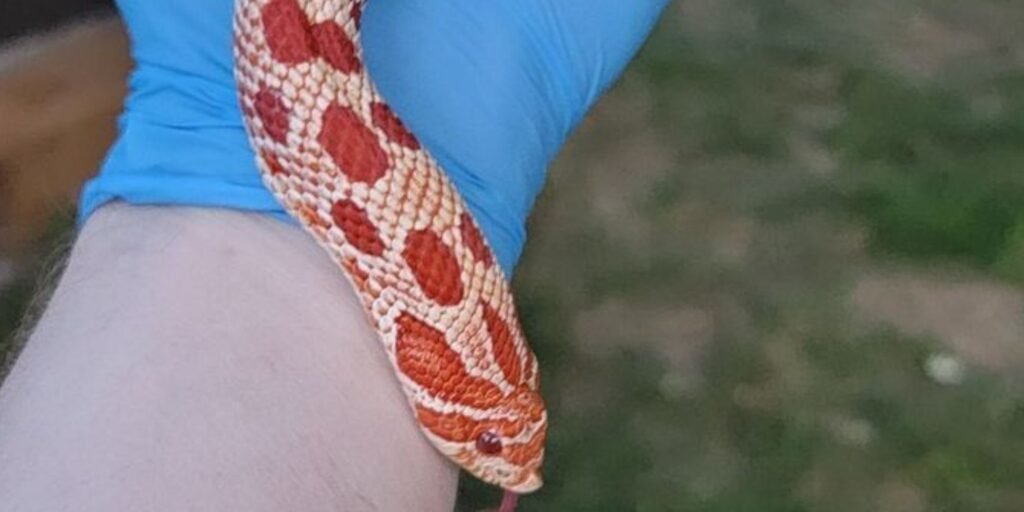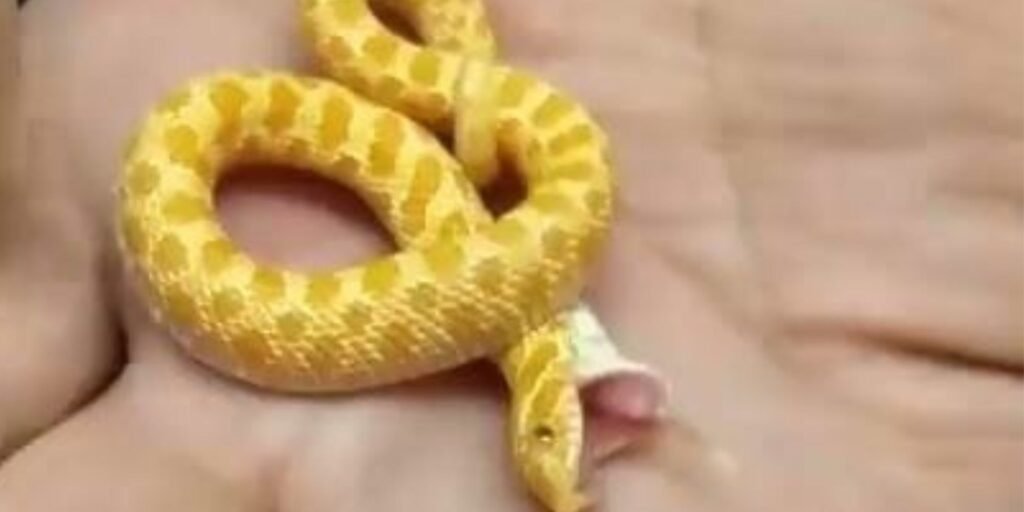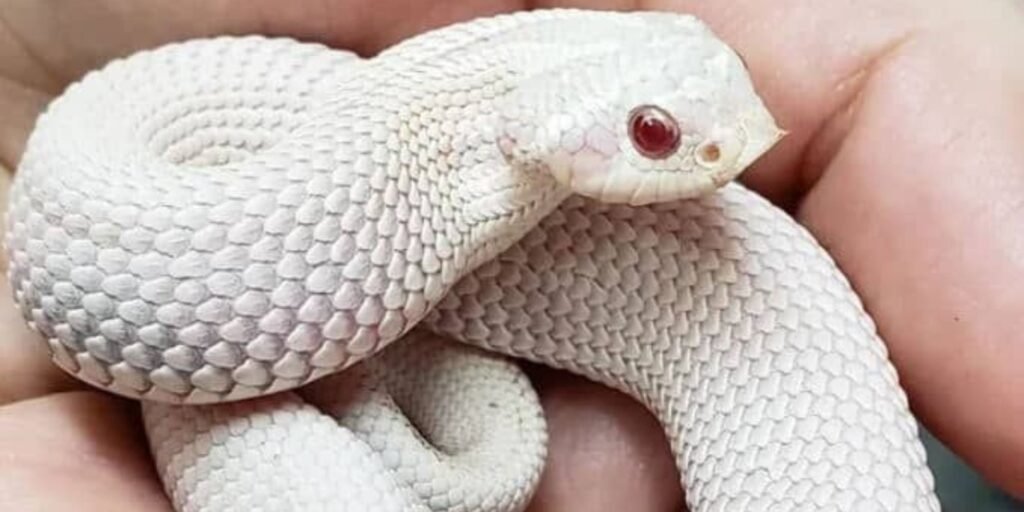Hognose snakes are among the most fascinating reptiles in the pet trade and the wild. With their distinctive upturned snouts and playful personalities, these unique serpents have captured the hearts of snake enthusiasts everywhere. But what do you know about their diet and feeding habits? Whether you’re considering adding a hognose snake to your collection or want to learn more about this remarkable species, understanding their dietary needs is crucial for proper care.
From hunting techniques in their natural habitats to how they adapt when kept as pets, hognose snakes showcase incredible diversity in their eating behaviors. Join us as we delve into the world of hognose snakes—exploring everything from what makes them tick to tips for caring for these delightful creatures at home!
Exploring the Diet and Feeding Habits of Hognose Snake

Hognose snakes are fascinating creatures with a diverse diet that varies by species. They most commonly feast on small rodents, amphibians, and occasional insects. Their unique physiology allows them to consume prey larger than their heads, thanks to their flexible jaws.
In the wild, hognose snakes exhibit interesting hunting behaviors. They often rely on ambush tactics or active foraging, using their keen sense of smell to locate food. This adaptability ensures they can thrive in various environments.
Hognose snakes can be fed appropriately sized frozen-thawed rodents or other suitable meals when kept as pets. It’s essential to mimic their natural feeding patterns while considering individual preferences and dietary needs for optimal health and well-being.
Introduction
Hognose snakes are fascinating creatures that capture the imagination of reptile enthusiasts. Known for their distinct appearance and quirky behaviors, these snakes stand out in herpetology. Their playful nature makes them popular pets among snake lovers.
These unique reptiles belong to the family Colubridae, with various species ranging from eastern to western hognose snakes. Each has its characteristics, yet they all share a common trait: an impressive ability to adapt to different environments.
Understanding their diet and feeding habits is essential for anyone interested in keeping hognose snakes as pets or studying them in the wild. These aspects provide insight into their natural behaviors and help ensure proper care when housed in captivity.
Species Overview
Hognose snakes are fascinating reptiles belonging to the family Colubridae. Their scientific name, Heterodon, translates to “different tooth,” referring to their unique dental structure. This distinctive feature helps them consume a diverse diet, allowing them to ingest prey more efficiently.
Typically found in North America, hognose snakes thrive in various habitats—woodlands, grasslands, and even sandy dunes. These adaptable creatures exhibit a range of colors and patterns that help them camouflage against predators while offering an eye-catching appeal for enthusiasts.
Known for their quirky personalities, hognose snakes display interesting behaviors that set them apart from other snake species. They often flatten their heads when threatened or perform elaborate bluffing tactics instead of aggression. This playful demeanor makes them popular pets among reptile lovers.
Description and Behavior

Hognose snakes are fascinating creatures, easily recognized by their distinctive upturned snouts. This unique feature helps them burrow into sandy substrates while searching for prey or hiding from potential threats. Their coloration varies widely, featuring patterns ranging from earthy browns to vibrant yellows, allowing them to blend seamlessly into their environments.
These snakes exhibit a calm demeanor and are known for their docile nature. Most hognoses prefer to avoid confrontation rather than striking when threatened. Instead of aggression, they often display amusing bluffing behaviors that can surprise onlookers.
Regarding movement, hognose snakes utilize lateral undulation, giving them an elegant glide through the grass and the sand. They’re beautiful and possess intriguing behavior that captivates both enthusiasts and casual observers alike.
Feeding Behavior in the Wild
Hognose snakes exhibit fascinating feeding behaviors in the wild. These skilled hunters primarily target amphibians, particularly toads and frogs. Their unique adaptations allow them to consume prey that other snakes might avoid due to toxicity.
When a hognose snake encounters its meal, it employs a distinctive method of subduing its prey. They often utilize their broad heads to overpower the unsuspecting creature, using constriction if necessary. This process showcases their impressive strength despite their relatively small size.
Interestingly, hognose snakes have developed an immunity to certain toxins found in the skin of some amphibians. This makes them highly specialized feeders within their ecosystems, allowing them to thrive on diets that would be hazardous for many other snake species.
Feeding Hognose Snakes in Captivity
Feeding hognose snakes in captivity requires careful attention to their dietary needs. These fascinating reptiles primarily consume small rodents like mice and rats. It’s essential to feed them appropriately sized prey, typically no larger than the width of their body.
Live feeding can stimulate these snakes, but many owners opt for pre-killed or frozen-thawed options. This method reduces stress on the snake and the prey while ensuring safety during feeding time. Always thaw food completely before offering it.
The feeding frequency depends on age and size; hatchlings may require meals daily, while adults thrive on weekly feedings. Maintaining a consistent feeding schedule will help keep your hognose healthy and thriving in captivity.
Handling and Managing Toxicity Risks
Hognose snakes are non-venomous, but they can exhibit behaviors that might cause concern for keepers. They have a unique defense mechanism where they play dead or emit a foul odor when threatened. Understanding this behavior is crucial for safe handling.
Hognose snakes don’t pose significant toxicity risks like some other species. However, their ability to consume toxic toads should be noted; these amphibians contain toxins that can affect predators if ingested improperly. It’s essential to monitor your snake’s diet closely.
Always wash your hands after handling any snake, even the harmless ones. This minimizes any risk of transferring pathogens from one animal to another or from your hands to something else in your home environment.
The Unique Physiology of Hognose Snake
Hognose snakes have striking physiological features that set them apart from other snake species. Their distinctive upturned snouts give them a unique appearance and serve a practical purpose. This specialized shape helps them burrow into the sandy soils of their natural habitats, making it easier for them to hide from predators and hunt for prey.
Their bodies are robust yet slender, allowing flexibility while navigating tight spaces. A hognose snake’s coloration varies widely, ranging from browns and yellows to vibrant patterns. These colors camouflage in their environments, helping them blend seamlessly with the ground.
Another fascinating aspect is their ability to flatten their necks when threatened, mimicking a viper’s defensive posture. This bluffing behavior intimidates potential threats and showcases how evolution has shaped the hognose snake’s survival strategies.
Impressive Bluffing Behavior
Hognose snakes are renowned for their impressive bluffing behavior. When threatened, they employ a series of dramatic tactics to deter predators. Instead of striking, these clever reptiles often flatten their necks and hiss loudly, creating an intimidating display.
If that doesn’t work, they might resort to playing dead. This fascinating response involves rolling onto their backs and remaining motionless. They may even release a foul-smelling musk to enhance the illusion of being unappetizing prey.
These strategies showcase their adaptability and an intriguing aspect of snake behavior. Hognose snakes have evolved this unique approach as a survival mechanism in the wild. Their ability to “play possum” is truly remarkable and adds charm to these captivating creatures.
Pet Care Tips for Hognose Snake

Caring for a hognose snake can be both rewarding and enjoyable. These fascinating creatures require specific attention to thrive in captivity. Start by providing an appropriate habitat; a secure enclosure with enough space and proper ventilation is essential.
Temperature regulation is vital, as hognose snakes need a warm basking area and cooler zones to regulate their body heat effectively. Maintain humidity levels between 30% and 50%, which mimics their natural environment.
Feeding should consist of appropriately sized prey, typically rodents or amphibians, depending on the species you have. Monitor feeding schedules closely—young snakes may eat every few days, while adults consume once weekly.
Handling your hognose snake gently helps them acclimate to human interaction. Always wash your hands before and after handling to prevent stress or contamination.

